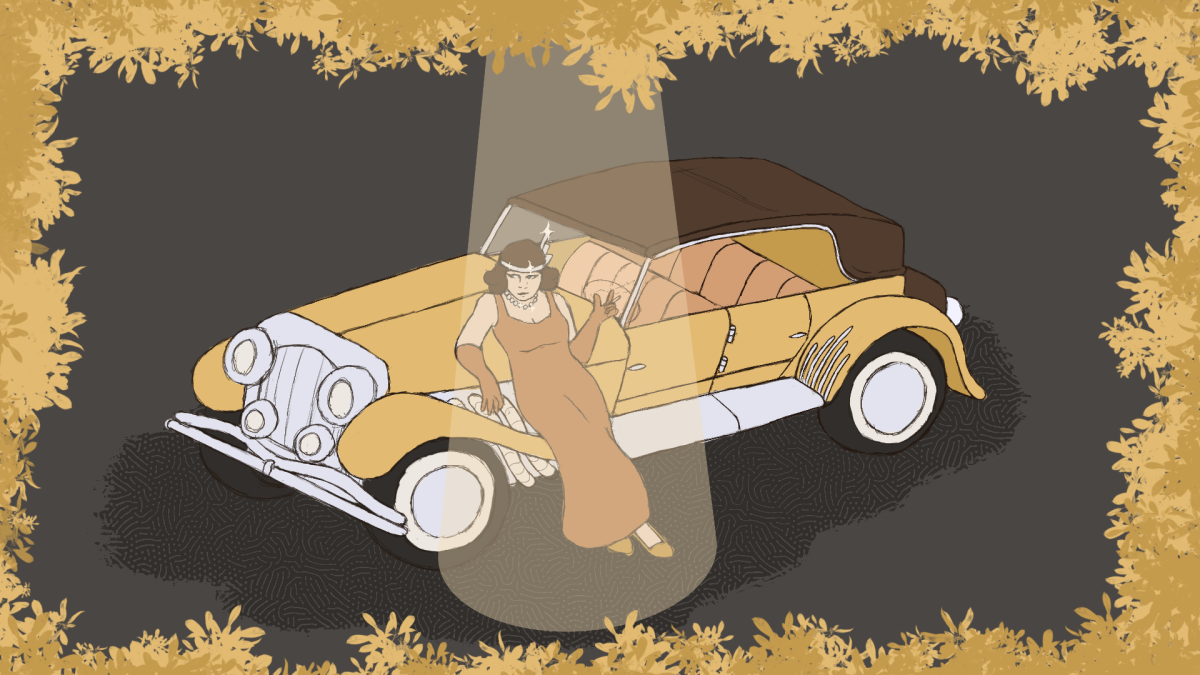If commuting half an hour to school wasn’t hard enough, the most frustrating part of the day involves pulling up to Hillsborough Street and seeing a huge chunk of road missing from where my car is supposed to go. Yes, you read that correctly. I relish making my way to class after a half-hour drive to see the road gnarled and in disarray.
Yep, this is someone else at NC State complaining about the inevitable encounter with Hillsborough Street construction. I get it, I do. Although, that does not mean that it is still not a pain and a growing one at that.
To be frank though, I think that we have all gotten accustomed to seeing huge, monstrous machines overrunning what used to be the road and signs telling us where we have to go now to reach our destinations. From that point on, we get to follow cars whose drivers are unsure of how exactly to reach their next location even with those same signs guiding them during their unexpected detour. However, we do not often consider the impact that this construction has on factors other than our convenience. What happens when commuters start turning into victims?
We cannot forget where we live. This is Raleigh, after all, and we get to experience some of the most inattentive drivers on a daily basis, regardless of construction. You know the ones — those who love to drive under the speed limit, play on their phones and still have no idea which buttons activate their turn signals after many years of experience on the road. The Hillsborough Street project only exasperates an already volatile vehicular situation.
Inconvenience — overlapping with annoyance — is just one of the issues all of this construction comes down to. We have not even begun to acknowledge the amount of car-related carnage that this well-known street has seen. Believe me, I can already picture all of you rolling your eyes just recreating all the imagery in your head that you have seen at one point or another.
Can you begin to guess how many traffic accidents have taken place since August of last year? According to the Raleigh Police Department, the number is at 200 and rising. That many instances of transport on transport encounters in less than a year cannot be a coincidence with the increased traffic flow stemming from the ongoing construction on the street.
I know that I am not the only who feels that the construction is a “roadblock” of sorts. Just look at local businesses who were used to an influx of foot traffic only to now see those numbers reduced because people literally cannot access their places of business. What does it say about the “Yes, We’re OPEN” campaign if local businesses are still being hit pretty hard financially? Simply, that it does not work and that people would rather avoid the time-consuming, and dangerous, path down Hillsborough Street. The same people that this project is for are the same ones being held down underneath it.
In fact, Lauren Haviland and Justin Quesinberry, reporters for CBS’ local news affiliate, spoke with the employees of a few businesses including Cup A Joe and the East Village Grill. The employees both acknowledged the necessity of all of the work being done but they also both recognize that their respective businesses are being heavily disrupted. Even Richard Dickie, senior engineer for the City of Raleigh, mentioned local citizens going through “construction fatigue.”
Those are his words, not mine. Yet, I could not think of any that could be more fitting given that the current construction has been ongoing since June 2016. Granted, two years may not seem that long but when you consider that Hillsborough Street has been under various forms of renovation since fall 2009, then any rational person can understand how this might frustrate locals and business owners alike. Additionally, WRAL reported that the renovation work was scheduled to be done in November 2017 only to have it delayed with no end in sight.
I suppose that there is certain bit of irony in that an enterprise meant to bring even more prosperity to the area is actually causing locals to pine for a far less complicated way to enjoy themselves. Or maybe it’s just me. Either way, when we finally get to sit back and admire the finished product, maybe our stress levels can return to some semblance of normalcy. Hopefully, then we will view this construction as nothing more than just a “bump in the road.”














